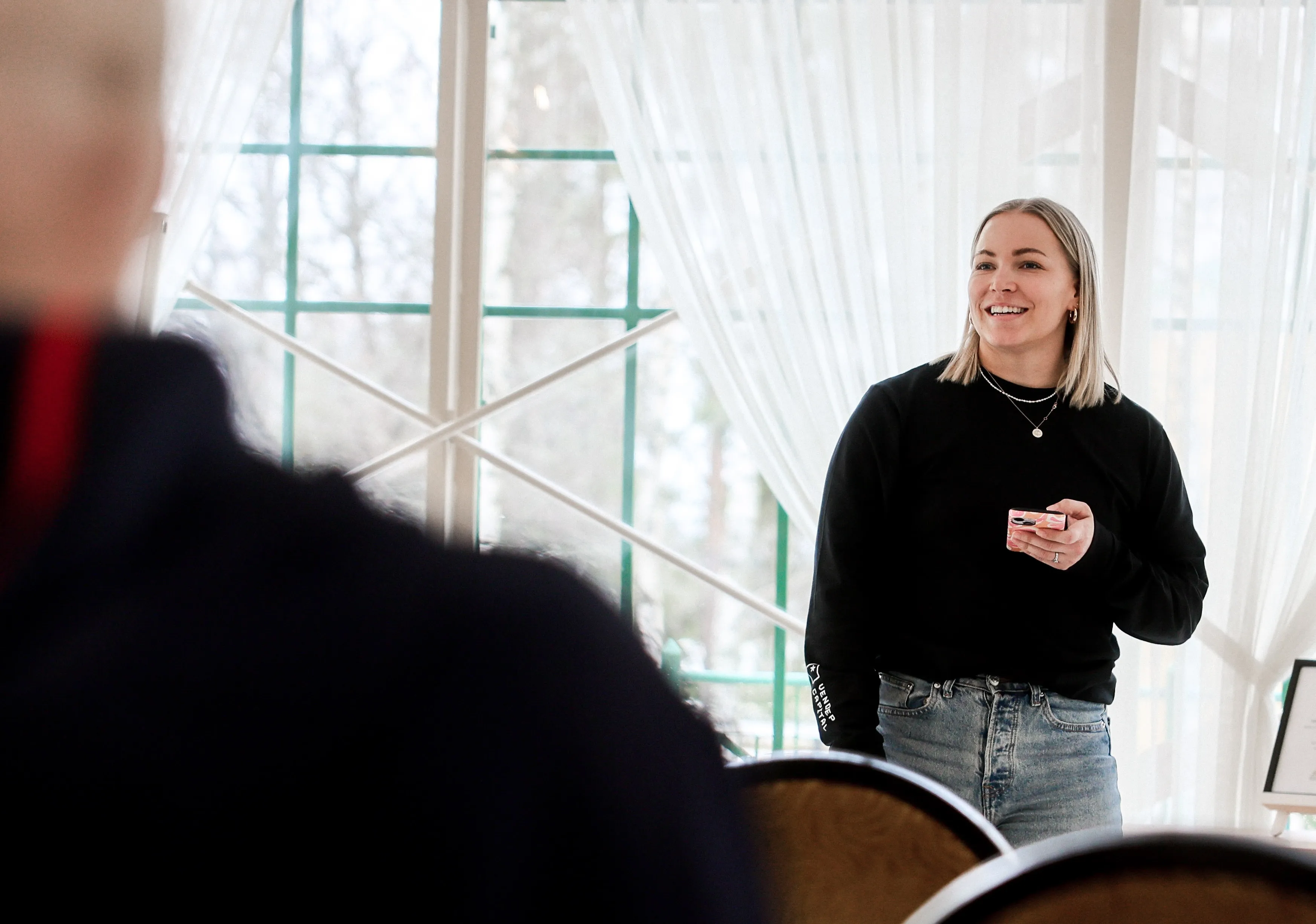Securing capital is a crucial step for startups looking to scale their businesses. Of the many funding choices available, venture capital shines like a diamond in the rough. But it's a niche asset class that has to outshine the market. The truth is, more often than not, it falls short. So, if you're steering your startup toward the VC funding route, you've got to wrap your head around its quirks and the expectations that come with it.
Criteria for considering VC funding:
- Outlier challenge: The math
- Big pond, $1B fish: The market
- Turbocharged: The growth
Outlier challenge: The math
When applying for VC funding as a startup, you need to understand the VC math.
VC is a niche investing category compared to all the financial assets out there. It is a brutal asset class where many VC firms underperform against the NASDAQ. And, being high risk, high reward, it needs to outperform and looks for outliers to do so.
So, as a startup, you must have outlier qualities to be on the VC track. It all comes down to the numbers.
A $100M VC fund needs to have at least one $1B dollar exit to return the fund (10% ownership, $100M in returns). For a SaaS company, that means generating around $100M of ARR (10x multiple). But getting there is hard. Settling for less is not an option for a VC; a $50M or $100M exit won't cut it.
So first, you have to ask yourself, can my company reach $100M in revenue to be worth $1B within 7-10 years?
Combine this with the fact that most startups die in the early stages; this becomes a hunting game for those outliers. So first, you have to ask yourself, can my company reach $100M in revenue to be worth $1B within 7-10 years?
And let's face it, most of the time, the answer is a resounding "no." That's okay! But if you really want to put this on a VC track, aim for huge outcomes and justify that you are an outlier to make the math work. You have to be on the same page with that.
Big pond, $1B fish: The market
You need to show, with clarity, that you can get to that $100M ARR mark to be worth at least $1B.
To get there, you need to forget about small local markets, a few friendly customers and getting acquired by the 4th best competitor. A stagnant pond, once fished out, offers limited options.
You need to show a roadmap in which you can expand your product, tap into new customer segments, increase ACVs, or enter adjacent verticals, and constantly refresh your growth engine. Demonstrate that by tapping into large markets, nailing a repeatable ICP, tweaking those ACVs a bit higher and cranking up the market penetration. This clarity is key.
It means more customers on the horizon, more opportunities for growth, and, most importantly, more shots at hitting that coveted $100 million in revenue.
Even if you don't quite get to the $100M ARR mark, you will still have an opportunity to create something at a venture scale. A VC needs to see that bottom-up roadmap that gets you there.
Turbocharged: The growth
When you understand the VC math and sell to a large market, the only essential thing left is growth.
VC comes with a certain timeframe to get to a liquidity event - IPO or a sizable exit - and typically, that is 7-10 years. During this time, it has to be a hell of a ride to become a unicorn, a company valued over $1B. And to meet this expectation, it requires exponential growth.
Growing fast (>100% year over year) makes the high risk, high reward equation work:
- It gets you towards the next funding round
- You stay ahead of the competition
- You raise interest from "threatened" acquirers
- You create value at a pace that starts changing your market
So, for VC investors to expect a juicy return from a highly risky bet is all about seeing growth rates as the highway to substantial rewards. The pursuit of significant growth serves as the driving force that unites founders, investors, and acquirers on a trajectory towards that $1B outcome.
Conclusion
In conclusion, VC funding should never be normalized; it's an unfair game of seeking outliers. It demands a relentless pursuit from founders towards $100 million ARR with a constant growth target on their backs. However, the outsized outcomes make it an attractive proposition both for founders and investors. Success hinges on the ability to present a clear roadmap, showcasing the scalability of the venture and high growth. It's not just about moving forward; it's about rocketing 🚀 towards a venture outcome.

.webp)

.jpg)




